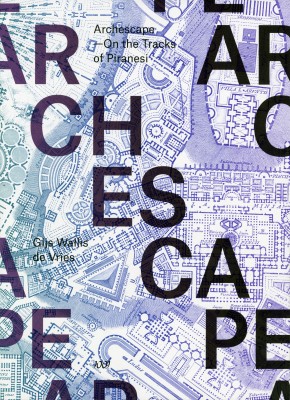By Gijs Wallis De Vries
The book consists of three parts: a manifesto, a treatise, and a reverie. The escapist manifesto formulates an architectural theory on the basis of the flight line conceptualized by Gilles Deleuze: neither a line between two points, nor a derived function, but a line 'in between' motivated by a primary drive that engages imagination, movement, and design. The treatise of the pensile city analyzes the verbal and visual discourse of Piranesi's Campo Marzio, considering both his other works and his position in his time. The reverie discusses contemporary interpretations of the Campo Marzio as a negative or positive utopia, as a Manhattanist archipelago, or as a field of walls, and culminates in strolls through a future archescape.
The text is illustrated by many images, a selection of which is reproduced in visual essays. The reader/viewer is invited to wander through landscapes, mapscapes, and flightscapes. This book is an atlas with many entries. It can be read in a linear way, following the argument as it unfolds from theory and history to design, randomly leafed for inspiration, or selectively searched for topics of interest. Besides the usual notes at the end of each part, discursive notes directly accompany the text, serving as a kind of subterranean guide.
Rotterdam, 2014, 31 x 22.7cm, illustrated, 240 pp. Paperback.
